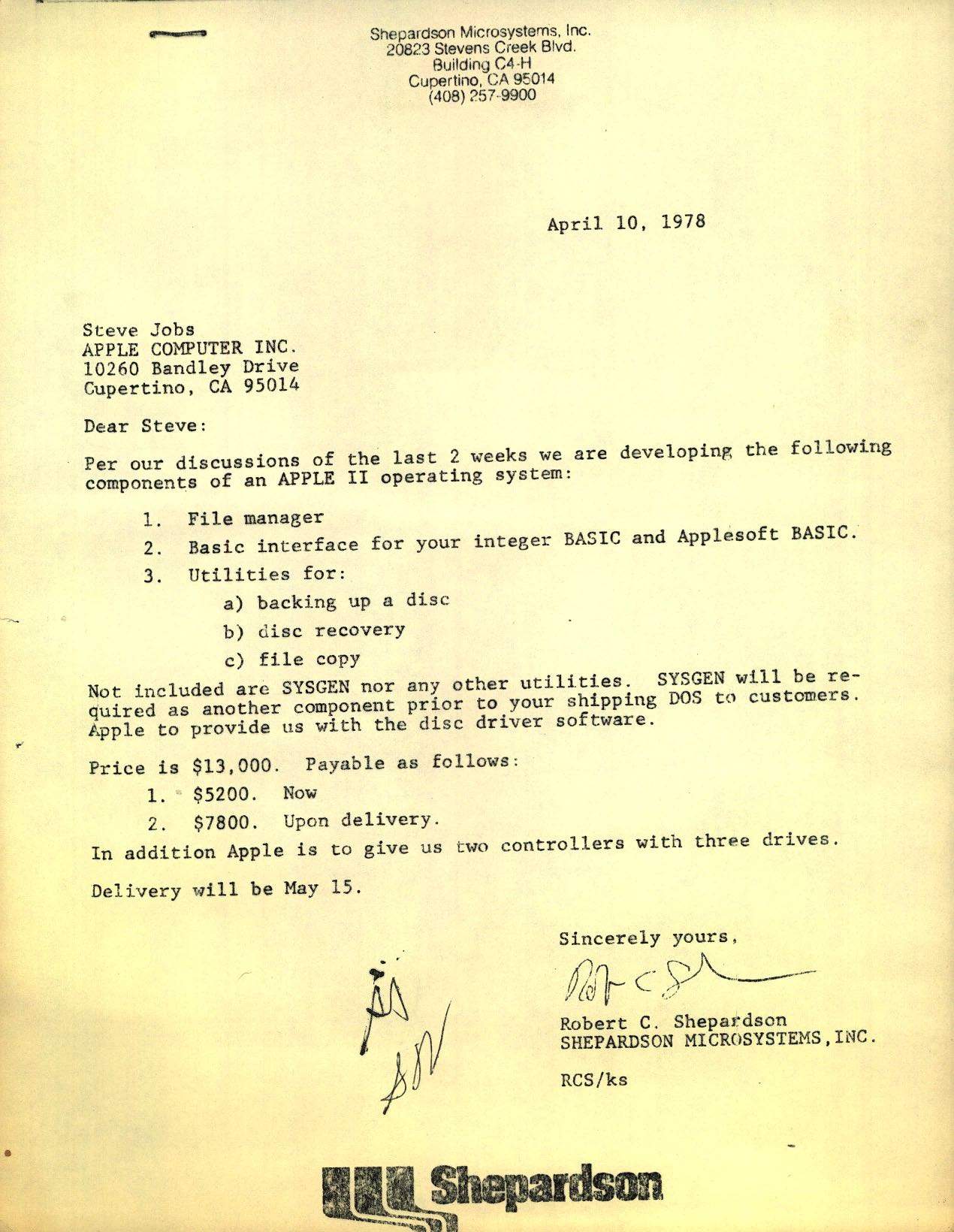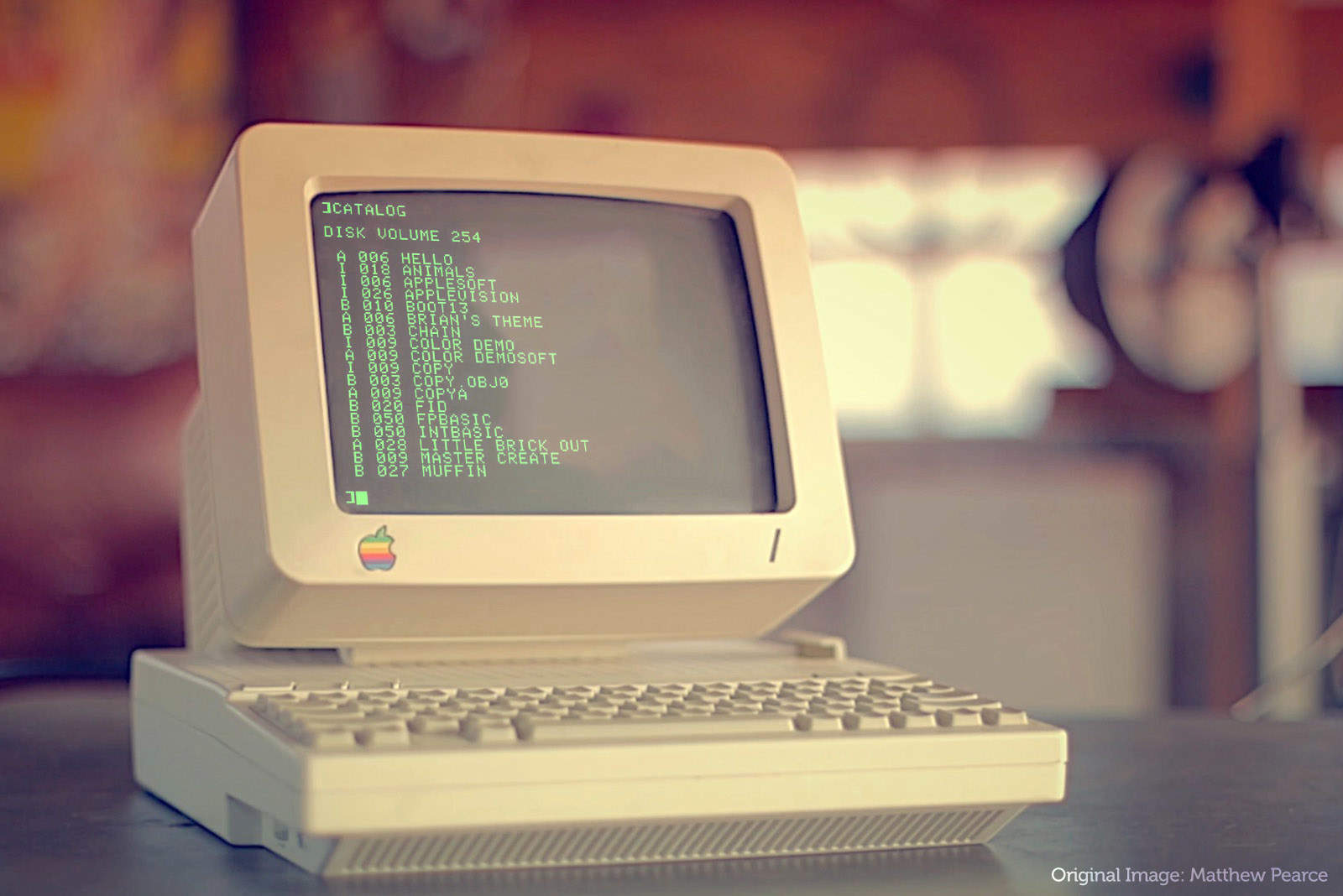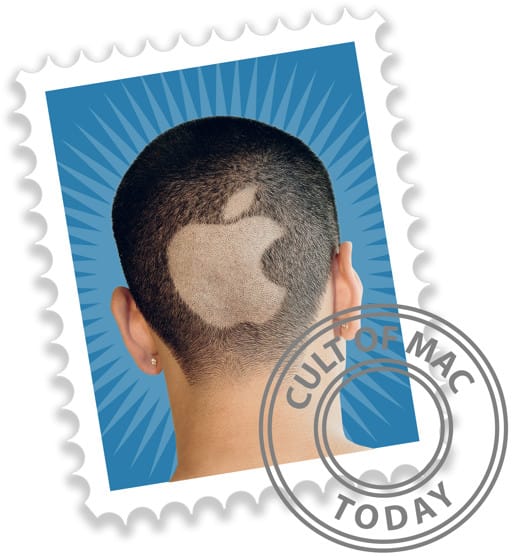 July 20, 1978: Apple DOS makes its debut on the Apple II, giving Apple its first official operating system.
July 20, 1978: Apple DOS makes its debut on the Apple II, giving Apple its first official operating system.
A command line interface with green text prompts on a black background, Apple DOS looks incredibly primitive next to today’s graphical user interfaces. Nonetheless, for Apple users, this was the macOS Sierra of its day.
Apple DOS: The Apple II’s first official operating system
Confusingly, the first official Apple version of DOS was called DOS 3.1, with previous versions 0.1 through 2.8 being betas that were only seen by developers. Apple DOS 3.0 was planned for release, but was too buggy.
Unlike today, when macOS is developed internally, Apple didn’t have the resources to create its own version of DOS at the time. Although Apple co-founder Steve Wozniak said he could work on it, his partner Steve Jobs didn’t want to wait. Instead, Jobs hired a Cupertino company called Shepardson Microsystems to build a version for Apple. (You can read the recollections of Shepardson employee Paul Laughton here.)
The April 10, 1978, contract to deliver Apple DOs was for a total of $13,000. This broke down as $5,200 up front, with $7,800 on delivery (and no royalties).
The creation of the operating system coincided with the release of the Apple II’s most important peripheral: the Disk II Floppy Disk Subsystem, created by Wozniak and an early Apple employee called Randy Wiggington. The arrival of a 5¼-inch floppy disk drive — replacing the need for slower cassette tapes — helped make the Apple II a real system in the eyes of many.

Photo: Paul Laughton/DigiBarn
An operating system with cool features (and some quirks)
Just like the Macintosh, which Jobs was at pains to make say “hello” as part of its first demo, the initial startup file executed when Apple DOS booted up said “HELLO” — making the computer seem friendly and approachable. Interestingly, the man Apple hired to write its DOS documentation, Jef Raskin, was also the Apple employee who kick-started the Macintosh project before Jobs took it over.
In terms of functionality, DOS was incredibly limited compared to today’s graphical user interfaces. However, the operating system made it (relatively) easy for users to store, load and run executable programs. It also let them catalog existing files and format disks.
Apple DOS did have a few quirks, however. For instance, it could not read lowercase characters in a text file. It also created unnecessary files if a user made the mistake of trying to load one that didn’t exist.
DOS 3.1 was succeeded by version 3.2 in 1979, version 3.3 in 1980, and a version called ProDOS in 1984.
Do you remember using Apple DOS on your Apple II? Leave your thoughts and recollections below. With the proper command line formatting, of course!



3 responses to “Today in Apple history: Apple ships its first OS”
Yep, absolutely remember being introduced to Apple DOS and ProDOS on a green screen monitor on an Apple //e… The “Hello” and subsequent documentation and help screens etc is what made me fall in love with the Apple way all those years ago… :-)
My dad’s first computer was an Apple ][. He still has it, and has let my brother and me play on it from time to time. I’ve always found it pretty fun, and I’m studying Computer Science now, so I guess it all works-out :)
Oh, the memories. I was fascinated by both the CompuColor and Apple ][ back then but the fact that you had to buy pre-formatted floppies only from CompuColor at $5 a disk nudged me to the Apple. Got it at the Computerland in Los Altos. An early Apple employee, Dan Kottke I believe, was there showing off what the Disk ][ could do.
The Shugart drive itself made a lot of noise – sounded like R2D2 – and some clever person distributed disks with a program called VisiF*x that made creative use of all those noises. I’d go into detail but this is a family-friendly site.